5 Ways You Can Tell if Your Home Has Good Roof Ventilation
Proper roof ventilation is crucial for maintaining a healthy and efficient home environment. It helps regulate temperature, prevent moisture buildup, and extend the lifespan of your roofing materials. However, determining whether your home has adequate roof ventilation can sometimes be challenging. Here are five key indicators to help you assess the effectiveness of your roof ventilation system.
1. Attic Moisture Control
One of the primary functions of roof ventilation is to prevent moisture buildup in the attic space. Excessive moisture can lead to mold growth, wood rot, and damage to insulation. Inspect your attic periodically for signs of dampness or condensation on surfaces. If you notice any moisture-related issues, it could indicate inadequate roof ventilation.
2. Temperature Regulation
Proper roof ventilation helps regulate attic temperatures, especially during hot summer months. Without adequate airflow, heat can accumulate in the attic, causing discomfort and potentially reducing the efficiency of your home's cooling system. Check if your attic feels excessively hot during warm weather; this could suggest insufficient ventilation.
3. Roof Longevity
Good roof ventilation can extend the lifespan of your roofing materials by reducing the risk of damage caused by heat and moisture. Excessive heat buildup in the attic can accelerate the deterioration of shingles and underlayment. Conversely, a well-ventilated attic helps dissipate heat, preserving the integrity of your roof over time.
4. Energy Efficiency
Effective roof ventilation can contribute to energy savings by reducing the strain on your home's heating and cooling systems. By promoting airflow and preventing heat buildup in the attic, you can help maintain more stable indoor temperatures, reducing the need for excessive heating or air conditioning. Improved energy efficiency is a potential indicator of good roof ventilation.
5. Proper Ventilation Design
Evaluate the design and condition of your roof ventilation system. Ensure that intake vents (such as soffit vents) and exhaust vents (such as ridge vents or roof vents) are installed correctly and free from obstructions. Blocked or improperly installed vents can hinder airflow, diminishing the effectiveness of the ventilation system.
Maintaining good roof ventilation is essential for preserving the integrity of your home and ensuring a comfortable indoor environment. By assessing these five indicators, you can determine whether your home's roof ventilation system is functioning effectively or if improvements are needed. If you suspect issues with roof ventilation, consider consulting with a roofing professional to evaluate your options and address any concerns promptly.
Remember, investing in proper roof ventilation not only protects your home but also contributes to your long-term comfort and energy efficiency.





